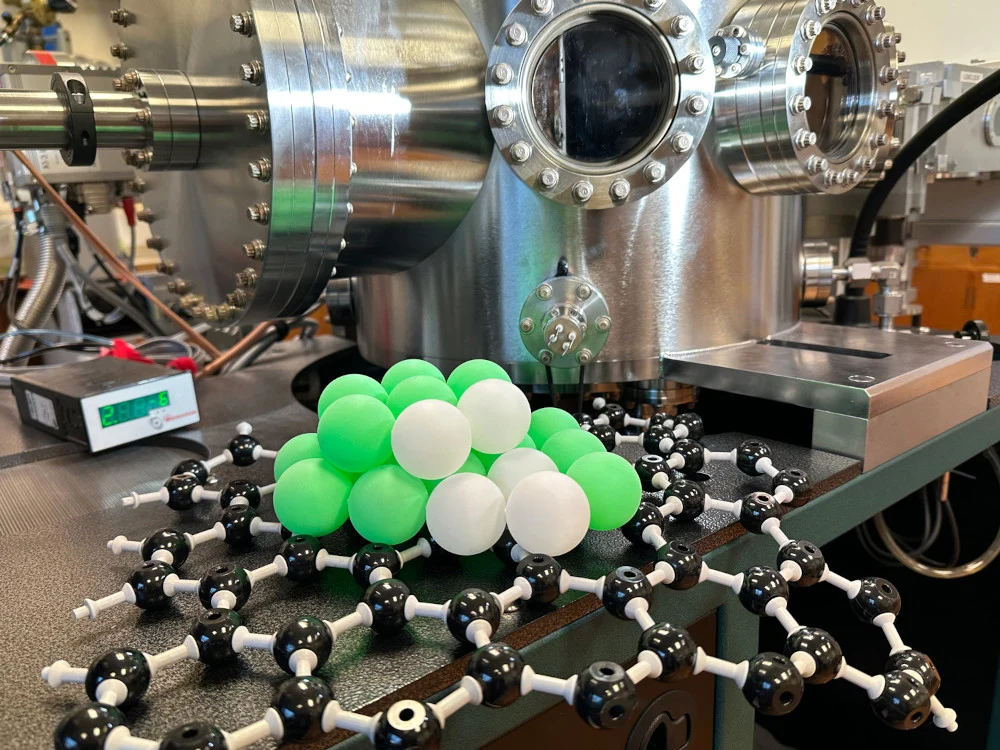Ammonia has emerged as a leading candidate for making hydrogen storage and transport easier. Unlike hydrogen gas (H₂), ammonia (NH₃) does not need to be cooled or pressurized to turn into a liquid. Additionally, it doesn’t require special alloys because small hydrogen molecules can pass through even large metals.
Safety Considerations
Although ammonia, which consists of one nitrogen atom connected to three hydrogen atoms, is not completely safe, there are strict regulations regarding its concentration in the air. High levels can lead to irritation, and while ammonia is not easy to ignite, it can create explosive mixtures under certain circumstances.
Long History of Safe Storage
Despite these concerns, ammonia has been stored and transported in large amounts without issues for over a century. This history makes it one of the top choices for storing unstable hydrogen. In fact, ammonia’s higher density means it has even more energy per liter compared to hydrogen. Excess energy from renewable sources could be stored as ammonia and utilized later on. However, to use ammonia in fuel cells or hydrogen-powered aircrafts, a more effective and energy-saving method to convert it back into hydrogen needs to be developed.
Breakthrough at University of Nottingham
In response to this need, the University of Nottingham has introduced an innovative catalyst designed specifically for this conversion. What makes this catalyst special is that its efficiency actually improves over time due to changes in its structure after it has been created.
Researchers, using an electron microscope, observed that the rare element ruthenium, which was magnetically deposited on a layer of graphite, gradually transformed into pyramid-shaped structures as time passed. This new configuration made the conversion of ammonia to hydrogen even more efficient with each use.
This breakthrough marks a crucial advancement in improving the efficiency of hydrogen storage and, consequently, energy storage as a whole. It also demonstrates a more effective way to utilize rare elements such as ruthenium.
Source:
Link


Leave a Reply